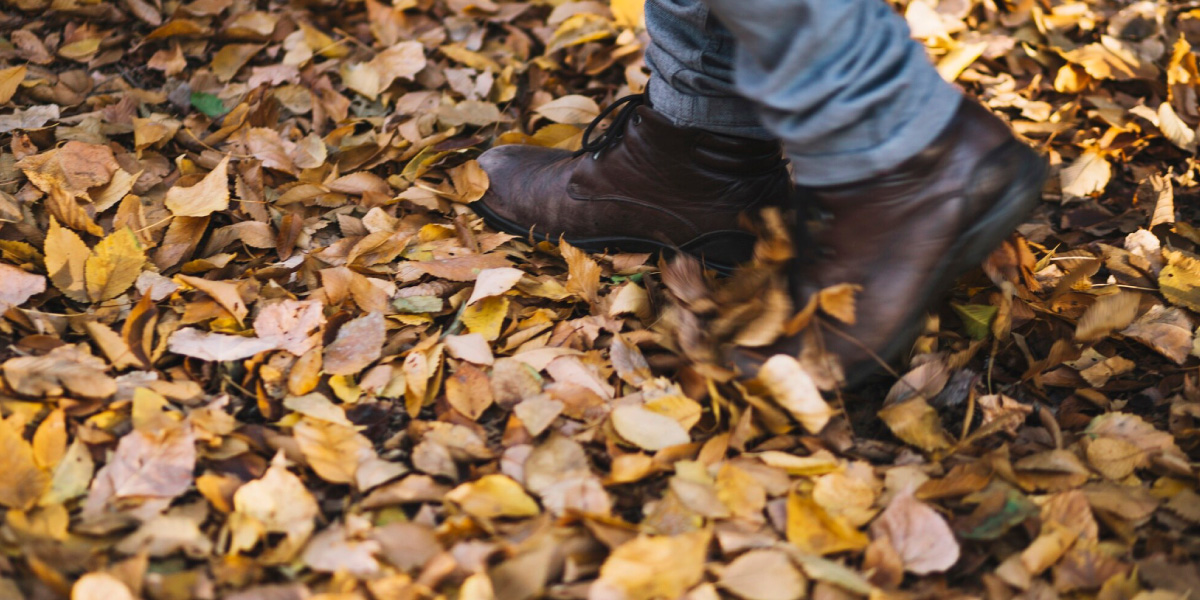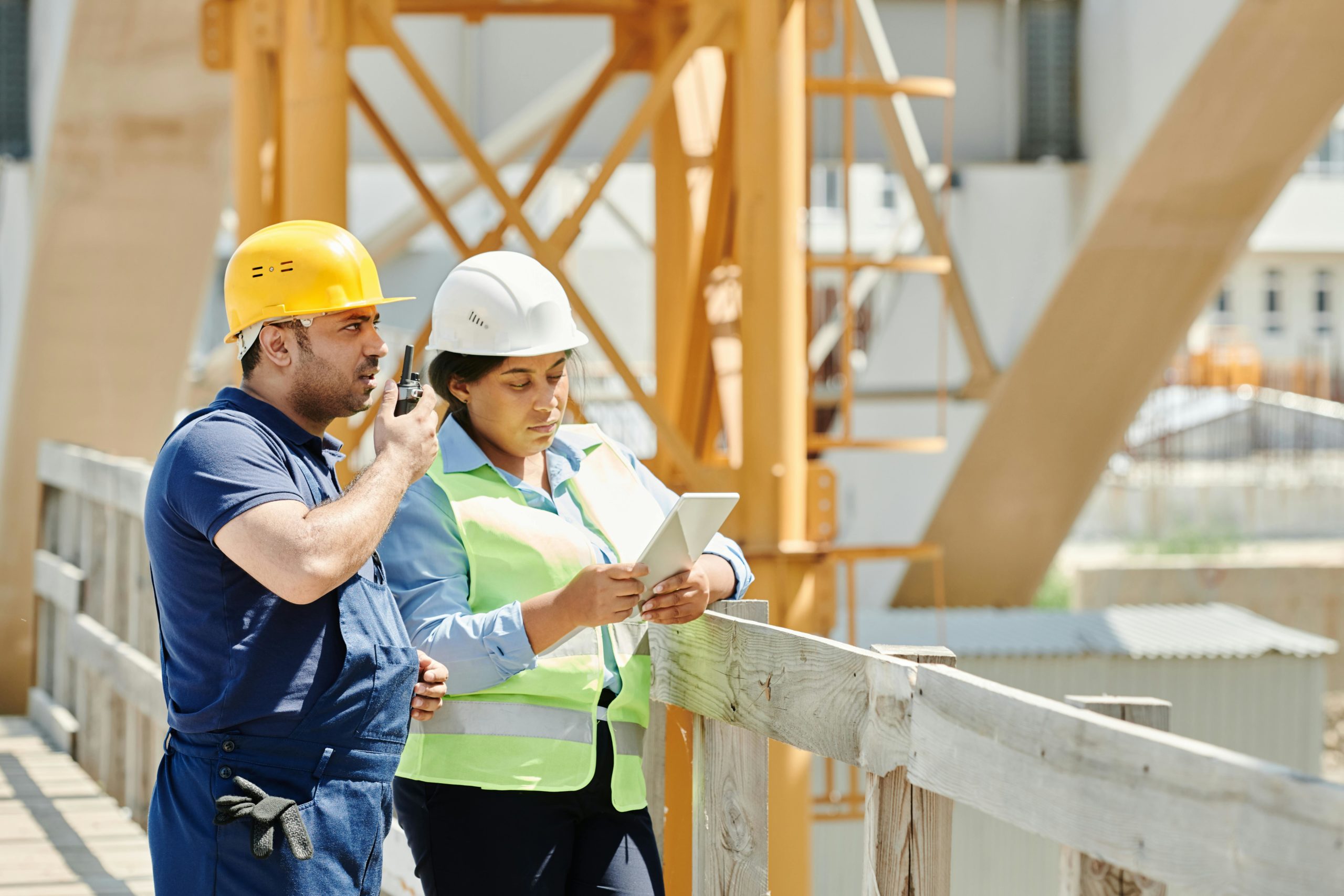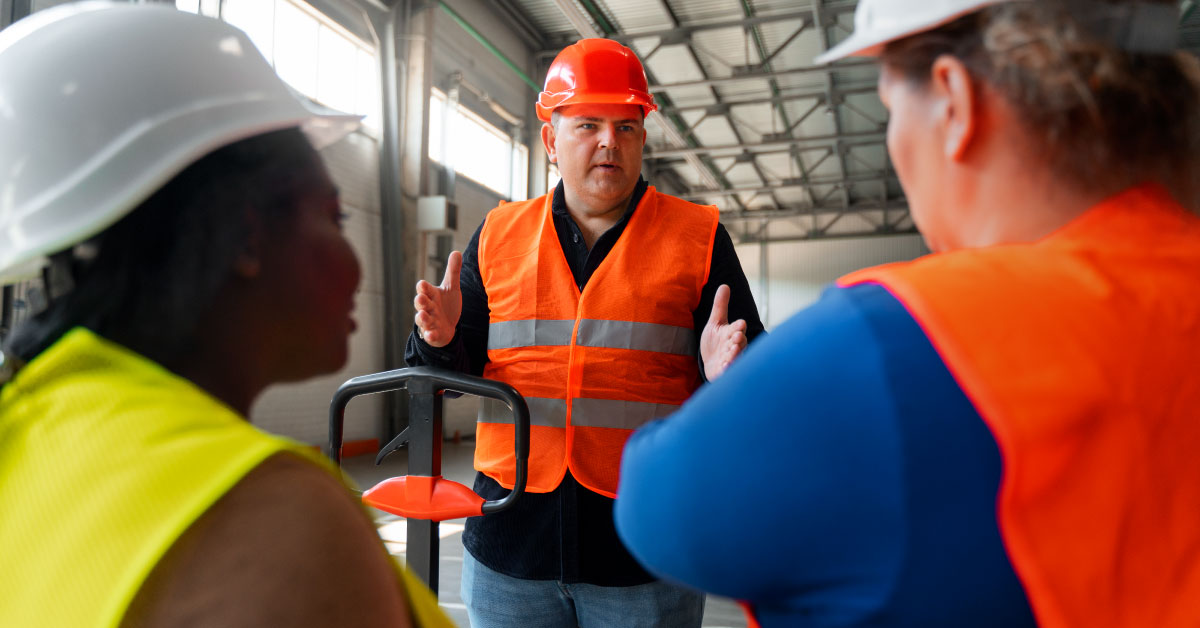As the crisp air of autumn settles in, along with it comes a unique set of safety challenges. The combination of wetter weather, falling leaves, and darker evenings increases the risk of slips, trips, and falls in and around the workplace. For businesses, ensuring the safety of employees, customers, and visitors is critical, especially as environmental conditions become more unpredictable.
In this blog, we’ll explore some practical steps to minimise the risks of these common accidents during the autumn months and ensure that your workplace remains safe and secure.
Why Are Slips, Trips, and Falls More Common in Autumn?
Autumn weather can create a perfect storm for slips and trips. Wet leaves and rain-soaked pavements, combined with reduced daylight, can turn previously safe areas into hazardous zones. Additionally, indoor areas may experience an increase in wet floors from rain tracked in on shoes, adding to the danger.
Here are the primary causes:
- Wet Leaves and Puddles: As trees shed their leaves, they often collect in high-traffic areas. When combined with moisture, these can become incredibly slippery.
- Reduced Daylight: Shorter days mean darker mornings and evenings, reducing visibility and making hazards harder to spot.
- Wet Surfaces Indoors: Rainy weather leads to wet floors near entrances, creating indoor slip hazards if not properly managed.
5 Practical Tips for Preventing Slips, Trips, and Falls
- Keep Outdoor Walkways Clear
- Regularly clean and maintain outdoor areas to remove wet leaves, debris, and standing water. This is particularly important in high-traffic areas like entrances, car parks, and paths. Scheduling regular inspections and cleaning will help keep these areas safe.
- Tip: Use outdoor mats with strong grips at entrances to reduce the amount of water brought indoors.
- Place Slip-Resistant Mats at Entry Points
- To combat wet floors from water being tracked inside, place high-quality, slip-resistant mats at all main entry points. These mats help absorb moisture and prevent it from being carried further into the building, where it can create hazards.
- Tip: Ensure that mats are properly secured to avoid them becoming a tripping hazard themselves.
- Improve Lighting
- Ensure that all outdoor walkways, entrances, and parking areas are well-lit to compensate for the reduced daylight hours. Adequate lighting is essential to help employees and visitors spot potential hazards, such as wet leaves or uneven ground, before accidents occur.
- Tip: Check your outdoor lighting regularly and replace any faulty bulbs promptly.
- Encourage the Right Footwear
- In industries where employees spend a lot of time outdoors or walking between buildings, it’s important to encourage the use of slip-resistant footwear. This is especially relevant in sectors like construction, logistics, and maintenance, where the terrain can become slick during the autumn months.
- Tip: If your business provides PPE, consider including footwear that is specifically designed to prevent slips on wet surfaces.
- Display Clear Warning Signs
- For both outdoor and indoor areas that are particularly prone to becoming slippery, such as near entrances or frequently used walkways, place clear warning signs to alert people to the potential hazard. Signage should be visible and easy to understand, ensuring that employees and visitors are aware of the risk.
- Tip: Use temporary “wet floor” signs as needed and ensure that all staff are trained to recognise and promptly address any new hazards.
Indoor Safety: Managing Wet Floors
Managing the transition from outdoors to indoors is crucial in preventing slips and falls. In wetter weather, indoor surfaces near doorways often become wet or muddy, creating a serious slip hazard.
- Mop up spills and water immediately: Have staff check entry areas regularly to ensure that water is not accumulating. If water or mud is tracked inside, clean it up as soon as possible.
- Use absorbent, slip-resistant mats: These mats should be placed at the entrances to absorb moisture and prevent it from spreading across the floor.
- Set up drying stations: For larger buildings, consider adding umbrella stands or coat racks near entrances to prevent wet clothing and umbrellas from dripping onto floors.
Long-Term Solutions: Planning for Safety
While quick fixes are important, long-term planning for slip and trip prevention can save time and prevent accidents.
- Conduct Regular Risk Assessments: Autumn weather conditions should be factored into your business’s regular health and safety assessments. By proactively identifying potential hazards, such as uneven outdoor surfaces or poor drainage, you can address them before they lead to accidents.
- Train Your Team: Ensure that all employees are trained to recognise hazards and are familiar with the procedures for reporting them. Educating your staff is one of the most effective ways to prevent accidents.
- Update Your Maintenance Schedule: As the season changes, so should your maintenance routine. Make sure that clearing leaves and debris becomes part of your regular upkeep, and check that gutters, drains, and downpipes are working properly to prevent excess water from pooling in dangerous areas.
First Aid Preparedness
Even with the best prevention strategies, accidents can still happen. Having staff trained in First Aid is essential for handling any injuries that may occur from slips, trips, or falls. Quick response from a trained first aider can make a significant difference in reducing the severity of an injury and ensuring the safety of those affected.
Consider offering First Aid Training for your team so they are prepared to act in the event of an accident. Acadame offers comprehensive First Aid Training to equip your staff with the skills to handle emergencies effectively.
The Cost of Slips, Trips, and Falls
Slips, trips, and falls are one of the most common causes of workplace injuries, accounting for thousands of accidents each year. They don’t just result in physical harm—these incidents can also lead to lost workdays, increased insurance premiums, and potential legal action.
Investing time and resources in preventing these accidents, especially during the wetter autumn months, can save your business money and protect your employees’ health.
Final Thoughts
As autumn sets in, the risk of slips, trips, and falls rises, but with the right preventive measures in place, you can ensure that your workplace remains safe. Keeping walkways clear, improving lighting, encouraging the use of appropriate footwear, and conducting regular risk assessments are all simple yet effective steps in reducing accidents.
At Acadame, we provide comprehensive health and safety training, including courses tailored to prevent slips, trips, and falls. If you want to enhance your workplace safety practices this autumn, get in touch with us today to find out how we can help.
Stay proactive and keep your workplace safe this season!




